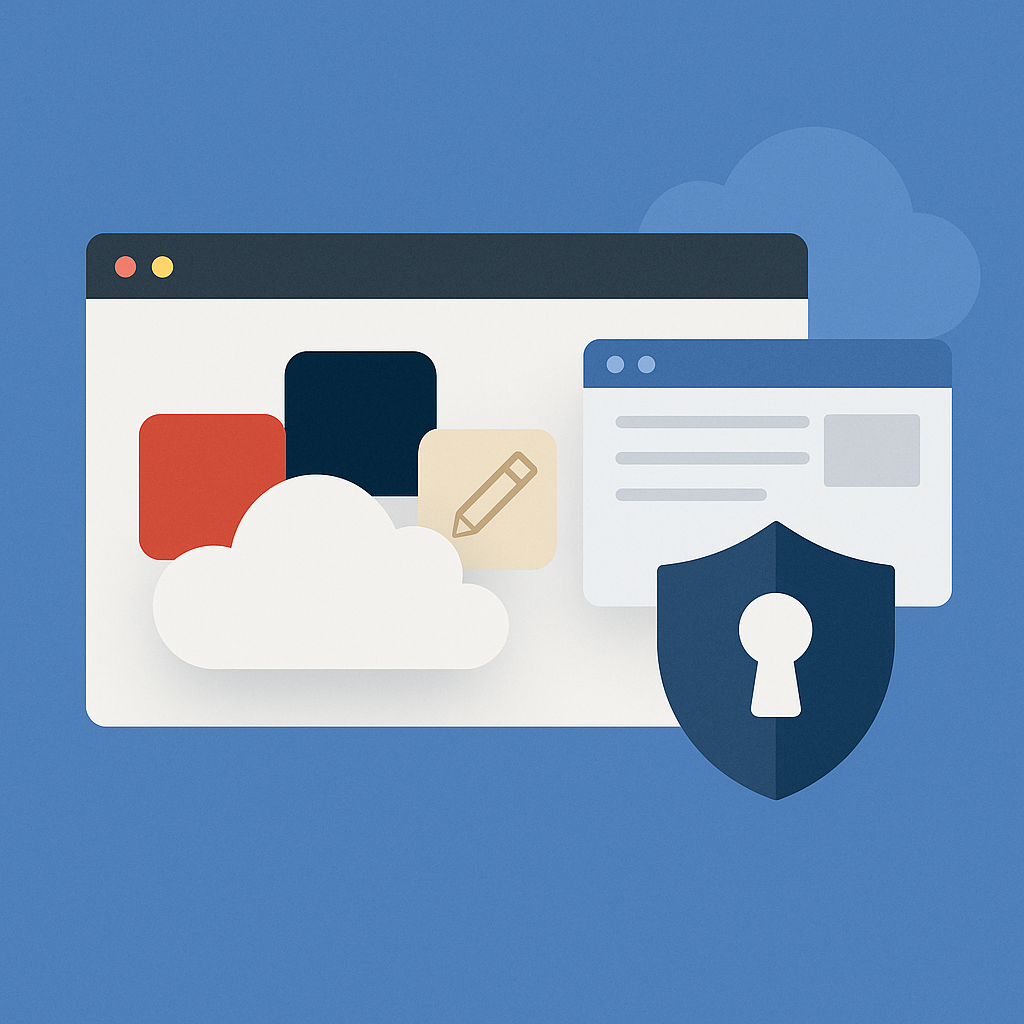Smartphones and social media are leading students to become more distracted and disinterested in learning than ever before. This presents K-12 schools with a unique opportunity to transform the teaching methods and reimagine the way students learn. Edutainment, a blend of education and entertainment, leverages the interactive and immersive elements of gaming to create engaging educational experiences. The integration of gaming design and edutainment in K-12 education enhances student engagement and learning outcomes.
The Growth of Edutainment
Online gaming edutainment is seeing substantial growth, driven by advancements in technology and an increasing recognition of the benefits of game-based learning. It is expected to continue growing, offering numerous opportunities for both students and educators. By incorporating gaming design into curricula, schools can go beyond traditional teaching methods by providing students with interactive and enjoyable learning experiences.
Career Opportunities in Gaming and Edutainment
Edutainment is not only beneficial for enhancing learning, but it opens new career paths for students. Careers in game design, programming, digital storytelling, and educational content creation are becoming increasingly popular. By introducing students to these fields early on, schools can help them develop the skills needed for future careers in the tech and creative industries.
Benefits of Gaming Design in Education
Integrating gaming design into education offers several benefits. Let’s break it down:
1. Enhanced Engagement
Since many students enjoy video games, they are more likely to become immersed in game design, adding more features to make gaming more fun and exciting while also learning and developing key skills. Being in control of the game design makes them more focused and engaged. This is especially helpful for neurodivergent students who may struggle to remain engaged with traditional lessons. Diversifying teaching methods is key to supporting all of your students’ learning styles.
2. Improved Retention and Performance
Interactive and hands-on learning experiences help students retain information. Rather than simply listening to a lesson and memorizing the information for an assessment, they learn by doing. As a result, improved retention leads to improved student performance.
3. Critical Thinking and Problem-Solving
Designing video games often requires strategic thinking and problem-solving, skills that are highly valuable in real-world scenarios. EdWeek shares that “just getting the character in your game to walk across the screen and enter a doorway involves solving a bunch of problems and calculations.” Developing these soft skills is essential to preparing students for their future careers, experiences, and education.
4. Collaboration and Social Skills
Since students have creative control over gaming design, they are more likely to share their ideas, successes, and challenges with fellow classmates. This collaborative process fosters teamwork and enhances social skills, both of which are critical to develop at a young age. Students prefer digital communication via smartphones, so implementing teaching strategies that encourage face-to-face interaction and teamwork is essential. These strategies improve social skills and prepare students for future collaborative work environments, making learning more dynamic and engaging.



